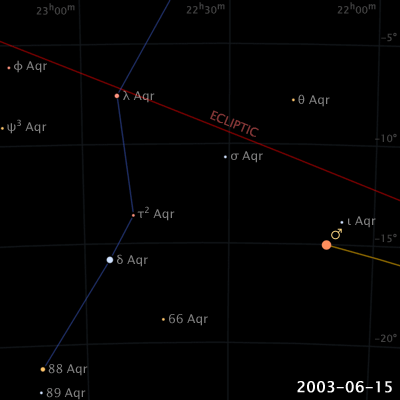Minkey Boodle
clit-o-rific
- Joined
- Oct 17, 2002
- Posts
- 11,594
Dark chocolate.
Follow along with the video below to see how to install our site as a web app on your home screen.
Note: This feature may not be available in some browsers.
Noblesse oblige...

[
______________________________
"For it is part of my craft to make every swain fall in love with me. I do it for sport, for craftsmanship, on a bet, on a dare. My heart fills, my thighs ache; my silk panties moisten; the sense memories of love make me feel that I feel love though I love not- or only love my art- ah, my first acting teacher, Arnold Feibleman, would be proud of me! As would my dear feisty Vivian Lovecraft, my mentor. To make someone believe you are in love when you are not- this is my craft, my witchery. For as I gaze into Wolfgang's eyes, I fall in love with the image of my beloved self that I see there. Oscar Wilde was right: an actress is a little more than a woman, an actor a little more than a man. I cannot help myself, I am in love with the Jessica that Wolfgang is in love with! I am besotted with my craft, like a witch who turns a mouse into a lizard only to prove she can. Poor mouse, poor lizard, what do they know? Acted on as they are by the powers that be, what do they feel when time stops and the fur turns to scale. Poor creatures. Poveretti. We witches, we actresses are as wanton boys to flies; we kill them for our sport."
-Erica Jong
Serenissima, A Novel of Venice
Boston, 1987

What must they have thought?
Cool! This is a nice image of the 2003 apparent retrograde motion of Mars:

See: http://en.wikipedia.org/wiki/Retrograde_and_direct_motion
California is fucking done. This State is bankrupt, officially. It can't move forward with anything. Wait until Obamacare gets passed... that'll be the final nail in the coffin.For now, California is at a standstill, unable to find the money to move forward with a different strategy, unable to move backward to a time when it didn't need one.
Pardon me while I puke.


